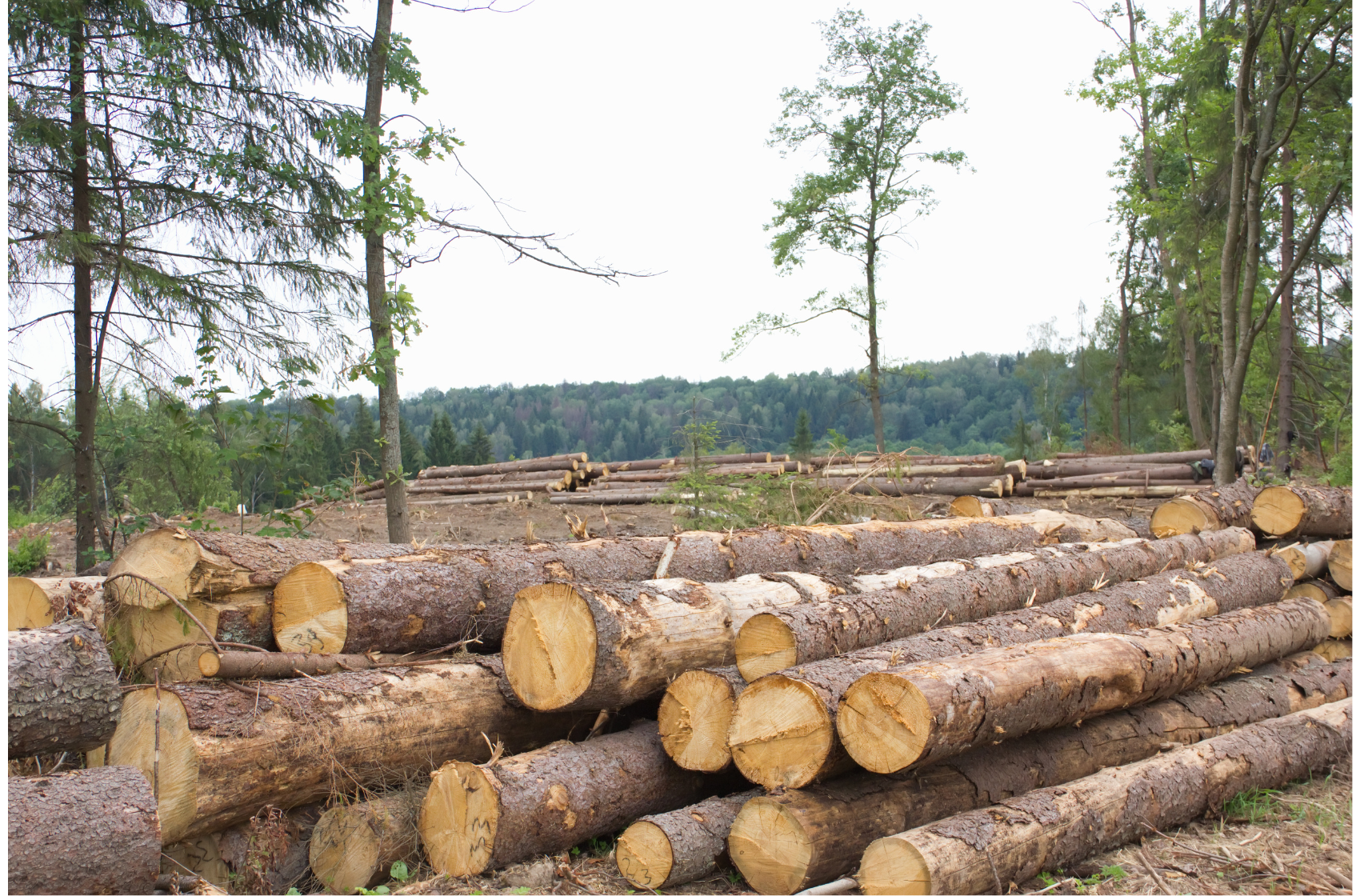June 15, 2023
By Michael Collins, Teravana
Michael has worked as Grants Manager since 2021 and writes to tell Teravana’s story.
Cazadero, CA has long been known by locals as the place of Redwoods and Rain. Redwoods and their high canopy call for the rain. But with so many redwoods taken from Northern California, the rain is not as consistently abundant as it used to be. Today, Cazadero, a tiny cozy town of around 350 people, nestled above the Russian River and beside Austin Creek, is still known for its redwoods.
Logging changed the landscape of the Russian River area, bringing industry and greed to a part of North America that had always been tied to the land, specifically to the trees.
Teravana is located in Cazadero. Once home to groves of ancient trees, Teravana’s 730 acres show scars of logging—a wide network of roads built for milling still reaches every corner of the land.
Russianriverhistory.org tells the story of the time when San Francisco and Oakland were being built around the end of the 19th century, and the logging industry was booming. Redwood trees were almost wiped out. Loggers were felling trees as tall as 367 feet and 45 feet wide like “The Monarch of the Forest. ” Some of these trees were as old as 3,300 years! Mills and railroads sprouted all around towns like Cazadero, providing valuable wood for buildings and ships.
Teravana’s vision is to restore the land to what it once was. What better way to take advantage of the milling roads left behind than to use them to transport and plant trees around Teravana’s forest, in the same places where they were cut down. Not only is Teravana a coastal forest sanctuary where redwoods and sequoias can thrive, it is also a place for people to come together.
 For Native Americans, sacred gathering places in nature have long had great spiritual and cultural significance. Teravana is such a place. To celebrate the land’s healing powers and indigenous roots, Teravana produced a video below to paint the picture of ecologists, young environmentalists, leading Champion tree propagators and the Kashaya Pomo all coming together.
For Native Americans, sacred gathering places in nature have long had great spiritual and cultural significance. Teravana is such a place. To celebrate the land’s healing powers and indigenous roots, Teravana produced a video below to paint the picture of ecologists, young environmentalists, leading Champion tree propagators and the Kashaya Pomo all coming together.
The video shows the ecological benefits and opportunities for learning and how all life at Teravana can be tied to the indigenous people who once called Teravana’s land home.
We meet Otis Parrish, an elder of the Kashaya Pomo, who remembers the mass logging of redwoods he witnessed as a child in 1949. In 1998, he wrote about the Kashaya in an excerpt titled “The First People”: “The local native people consider their name to be ‘People From the Top of the Land’” Writing about the many changes the Kashya had to endure, including leaving their homelands in search of employment, Otis continues to tell the story, “The Kashaya, through all these changes, continued to preserve the vitality and integrity of their culture. Kashaya tradition gave a sense of assurance, quietude and strength in a world growing increasingly alien and formidable.” Otis Parrish has a strong tie to Teravana. In his lifetime, he has seen the trees hauled away, but today he stands alongside the new trees going up.
REFERENCES
Sonoma County, California, Life Opens Up, Cazadero.
https://www.sonomacounty.com/cities/cazadero
Area History, Russian River Historical Society.
https://www.russianriverhistory.org/about-rrhs/area-history/
Kashaya People: The First People. Otis Parrish. Excerpted from Fort Ross © 1998 Fort Ross Interpretive Association (Fort Ross Conservancy) ISBN # 1-56540-355-X.
https://www.fortross.org/history/kashaya